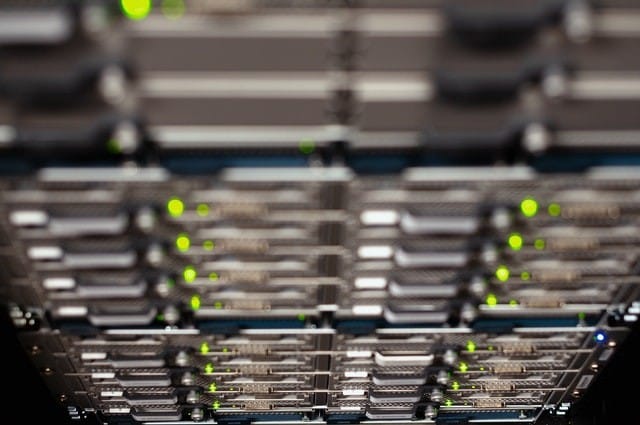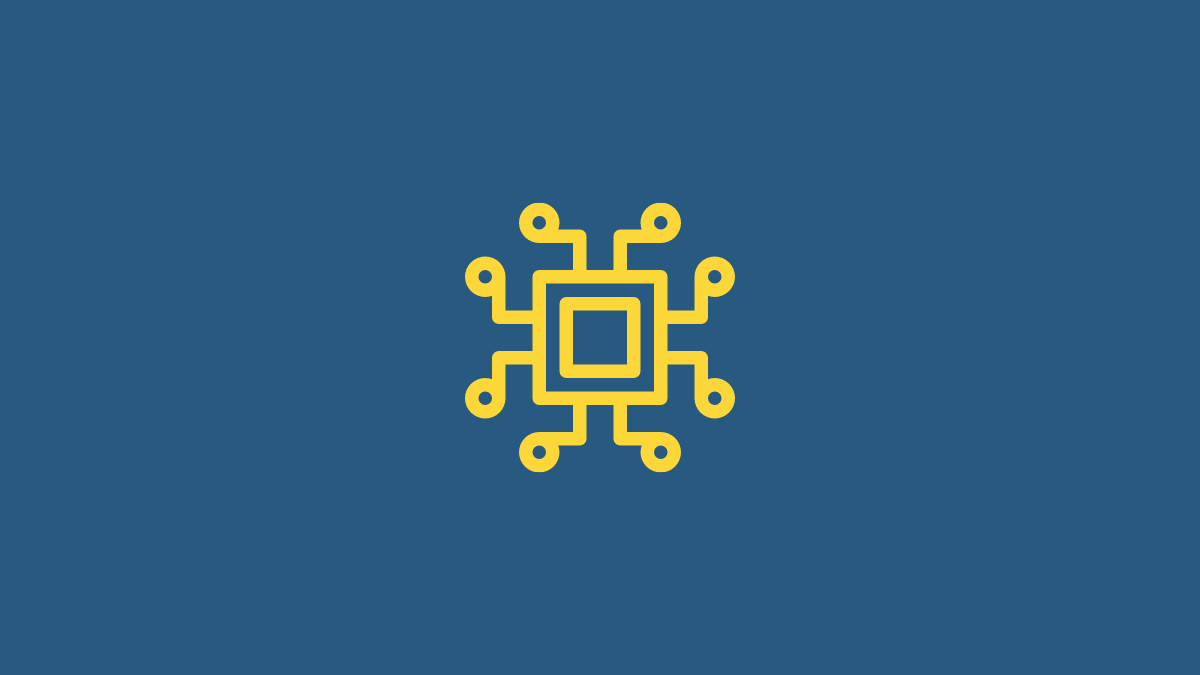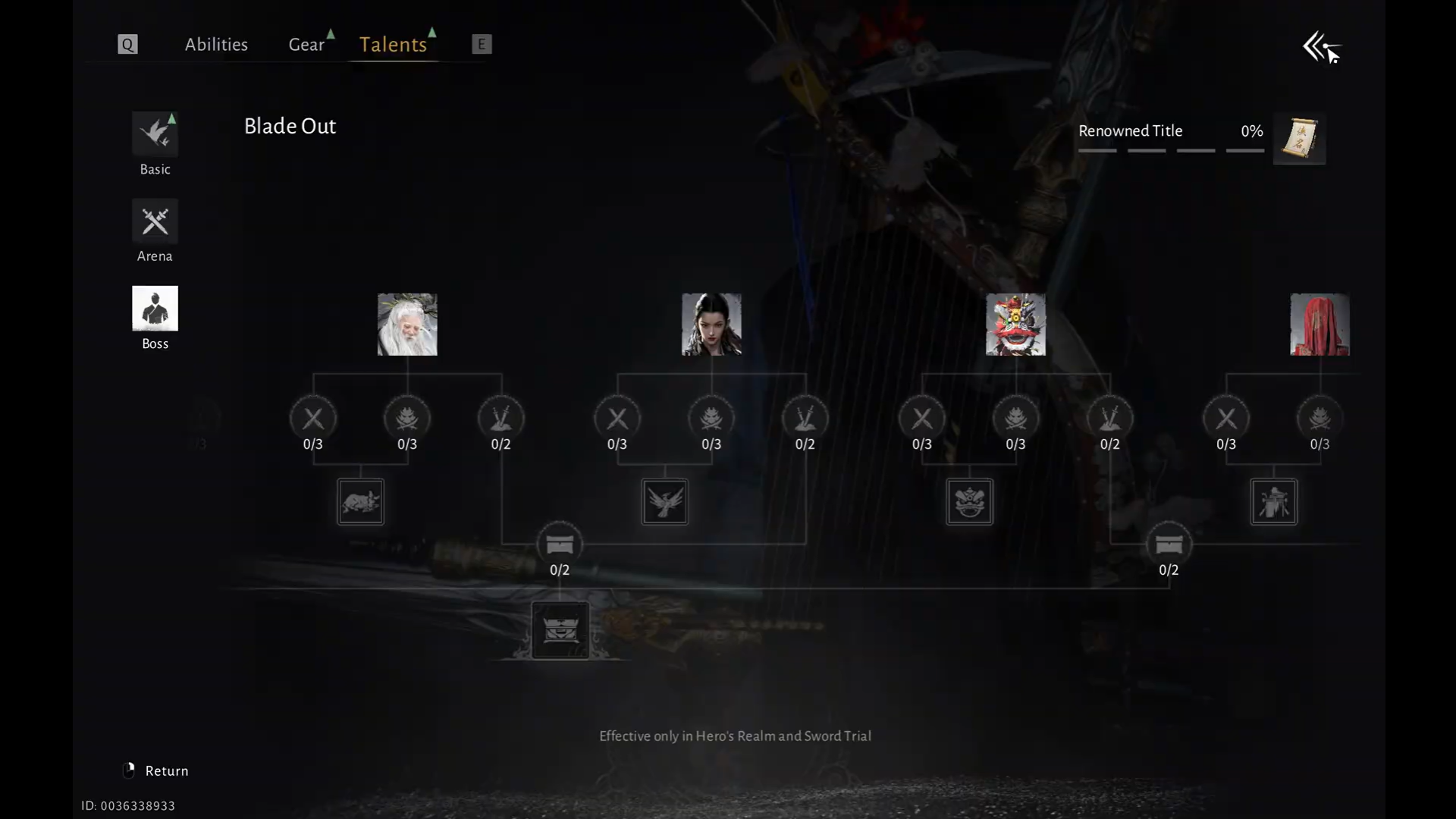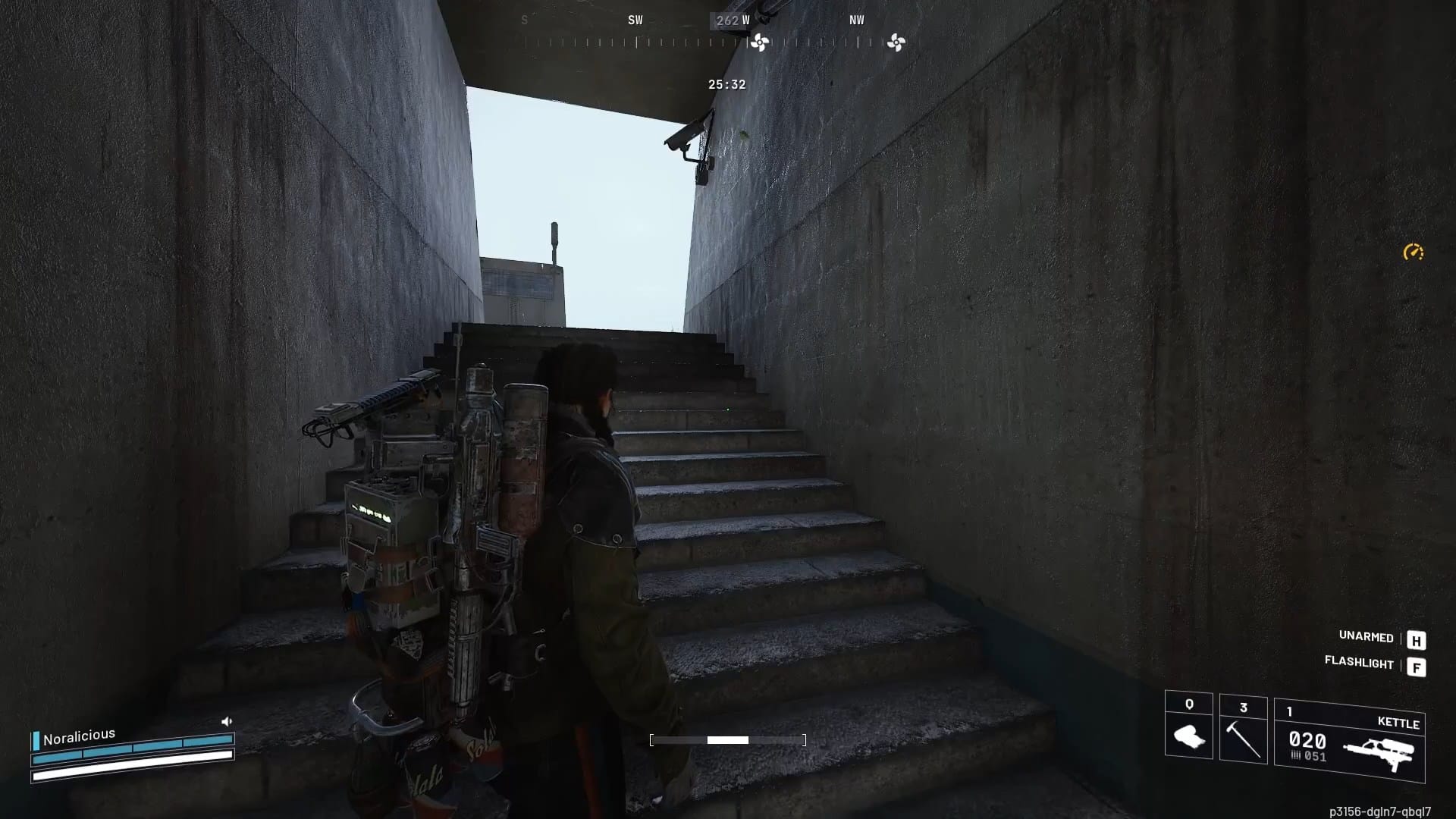With Bitcoin’s explosion in value in recent years and the consequent interest from more and more amateur investors, enthusiasts, and institutional investors, the general public has taken a keen interest in the actual mechanics of the cryptocurrency and others like it. Many understand that Bitcoin acts as a store of value, sure, but not how it is able to protect this value.
When it comes to a traditional currency like United States Dollars, once the cash has left your hand, it is no longer in your possession. It’s also incredibly hard to counterfeit. Commodities like gold or oil rare, in a finite supply, and difficult to mine and extract.
But if Bitcoin is just a series of code, what prevents someone from duplicating them? Or spending them multiple times?
Well, that’s where something called Proof of Work comes in. It’s what helps give Bitcoin the foundational characteristics of a real currency and is also part of the reason why Bitcoin uses more energy than all of Argentina.
Related: What Is Ethereum and How Does It Work?
What is Proof of Work?

Proof of Work is essentially a security protocol that involves computationally intensive puzzle solving before an action is taken in order to prevent data tampering, spam, denial of service attacks, or, in the case of many cryptocurrencies, double-spending and other forms of fraud.
First introduced in 1993 as a way to prevent spam, the concept was later proposed as a way to safeguard a hypothetical digital currency by Hal Finney in 2004. Five years later, the mysterious creator of Bitcoin, Satoshi Nakamoto, published the white paper that would serve as the genesis of Bitcoin, using Finney’s application of Proof of Work as the keystone in Bitcoin’s blockchain integrity.
Related: Why is Ethereum Dropping? 3 Top Reasons
How Proof of Work, Works

In the context of Bitcoin, the Proof of Work protocol works like this: In order to add a transaction to the distributed, public ledger that is the blockchain, entities within the decentralized network must expend large amounts of computational power to solve a hash puzzle set by the network.
This puzzle asks for a hash value (in this case a 64 digit hexadecimal code) that matches a given condition, like a certain amount of zeros at the start of the hash. This value has to be arrived at by combining a random value with the data of the previous block in the blockchain and then hashing it using the SHA-256 encryption protocol.
It is, in some real sense, quite literally guesswork – albeit on the part of the machine and numbering in the trillions of guesses per second.
Bitcoin miners race to solve these hash puzzles because the first one to do so wins a reward of a certain amount of Bitcoin. The current reward for solving one block’s worth of transactions (1MB) is 6.25 Bitcoin.
The Bitcoin reward halves every four years, with the most recent having occurred last May. Before that, the reward was 12.5 Bitcoin; four years before that it was 25, and four years before that the reward was the original 50.
Though the total Bitcoin reward reduces with time, with Bitcoin’s value continually rising, the prospect of Bitcoin mining remains attractive to many despite its own substantial expenses.

Another key aspect of the Proof of Work is that though the puzzle is difficult to solve, it is easy for other nodes on the network to verify its accuracy. This asymmetry enhances security by disincentivizing any attempts to fiddle with the puzzle.
To alter the data of any one block, fraudulent miners would have to expend enormous amounts of computer power on not only that block, but every other block following it while grappling with the ease at which any other miner can verify the authenticity of any block.
Related: What is a dApp?
Downsides of Proof of Work
But Proof of Work is far from perfect. It encourages users to provide computational power to the decentralized network that Bitcoin depends on but creates a competitive framework that cultivates something of a computational arms race.
This is because it is literally a race to solve the hash puzzle – and your “speed” is how many guesses your machine is capable of making.
More computational power equals more chances of winning the Bitcoin reward. This has led to several large, dedicated firms dominating the landscape of computational power within the network. The network also increases the difficulty according to how much computational power is on the network at any given time, to ensure that it is always computationally costly to solve the hash puzzle.
Related: What is One-Way Hashing?
This has caused Bitcoin to consume gargantuan amounts of electricity — reportedly so much so that Bitcoin would be in a top ten list of countries by power consumption if it were a sovereign state!

Not only is this bad from the environmental perspective, the Proof of Work protocol also has a few key weaknesses that though exceedingly difficult to exploit, or technically possible. Chief among these possibilities is the fact that, should anyone gain 51% of the network’s computational power at any given moment, they would be able to alter the blockchain however they like for as long as they are able to retain that share of the network’s power.
Because of this, many new cryptocurrencies are opting for a “Proof of Stake” protocol which consumes a fraction of the power and is arguably just as, if not more, secure than Proof of Work.
But, to summarize, you can say that Proof of Work is simply that: proof that you expended “effort.” In the context of Bitcoin, this is what makes the currency safe from alteration or duplication and is white, for the foreseeable future, will continue to power the world’s most valuable cryptocurrency.
Need more help understanding the Proof of Work? Not to worry, it’s a complicated concept but an important one to understand for those interested in cryptocurrency and cybersecurity. Feel free to shoot any questions you have at us in the comments below we will get back to you as soon as we see them!













Discussion